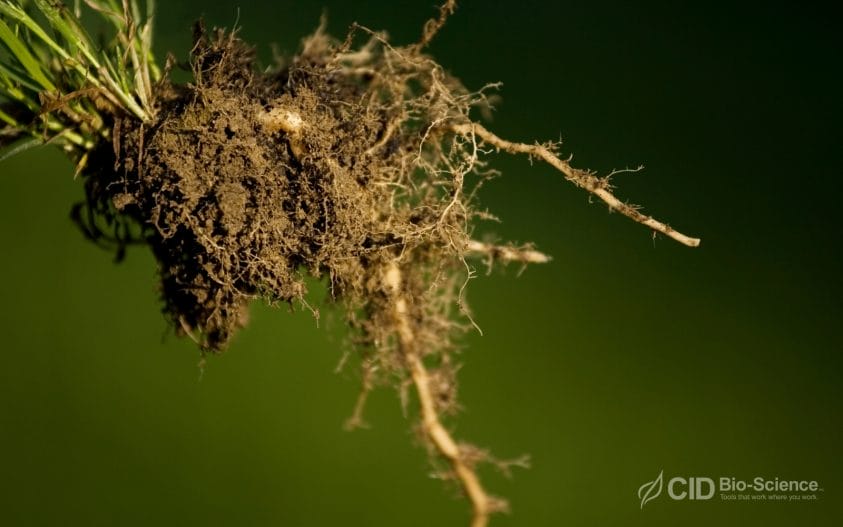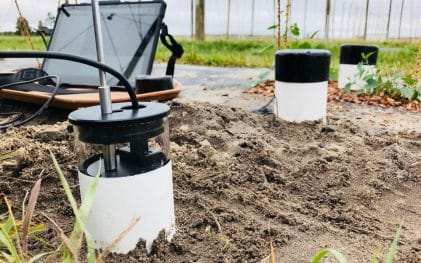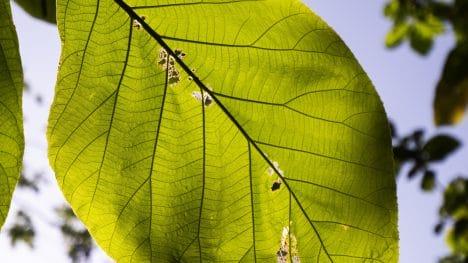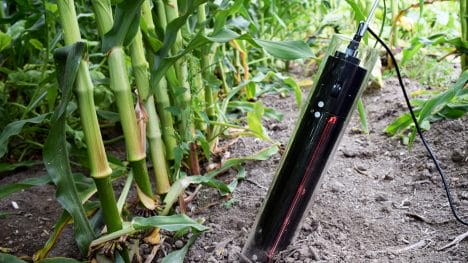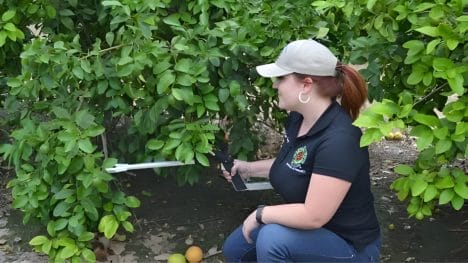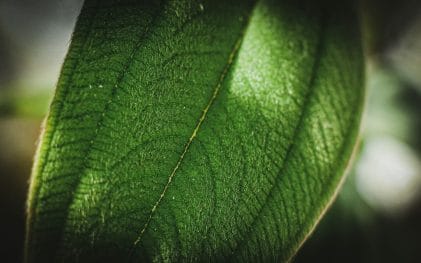Articles
What Is Root Senescence and Why Does It Matter in Plant Development?
Root senescence is typically an age-related process, although stress can lead to premature root decay. Root senescence occurs through programmed cell death, which is regulated by controls, some specific to roots and some common with leaf senescence. Root senescence occurs at different times across root types, and its progression depends on plant type. Leaf senescence… Continue reading…

Additional reading
CI‑110 vs LAI‑2200C: Can CID’s System Outperform a Hemispherical Camera Approach?
When it comes to understanding canopy structure and light distribution, precision matters. Researchers in forestry, agronomy, and ecology depend on accurate Leaf Area Index (LAI) data to model photosynthesis, evaluate growth, and manage ecosystems. Traditionally, devices like the LAI-2200C from LI-COR have dominated this space with hemispherical sensor arrays. CID Bio-Science’s CI-110 Plant Canopy Imager… Continue reading…
CI‑600 In‑Situ Root Imager vs Traditional Minirhizotron: Time, Labour & Insights
The CI-600 In-Situ Root Imager is a modern solution for non-destructive root observation and data collection. Compared to traditional minirhizotron systems, it delivers faster image capture, greater consistency, and richer insight into below-ground dynamics while cutting the time and labour typically associated with root research. The Challenge of Root Observation Roots drive plant performance, yet… Continue reading…
CI‑340 Handheld Photosynthesis System vs LI‑COR 6400XT: A Researcher’s Perspective
Accurate photosynthesis measurement is vital for understanding plant physiology, crop productivity, and responses to stress. Portable gas exchange systems have become essential in both field and controlled studies. Among the leading instruments in this field of photosynthesis measurement systems are CID Bio Science’s CI 340 Handheld Photosynthesis System and LI COR’s LI 6400XT. Both provide… Continue reading…
What Affects Leaf Area Index Estimation Accuracy in Field and Remote Methods?
TLDR Leaf area index (LAI) field methods are classified into two categories: destructive, direct methods and non-destructive, indirect methods. LAI estimations by the indirect method across the ecosystem, plant, and species are lower than those obtained directly. Clumping, non-random leaf distribution in the canopy, seasonality, and inadvertent inclusion of contributions by woody parts can affect… Continue reading…
CI‑202 vs CI‑203: Which Leaf Area Meter Fits Your Field Work?
Choosing the right leaf area meter can make or break the efficiency of your plant research. For field scientists, agronomists, and ecologists, CID Bio-Science’s CI-202 Portable Laser Leaf Area Meter and CI-203 Handheld Laser Leaf Area Meter both deliver accurate, non-destructive measurements of leaf area, shape, and morphology. But which tool best suits your work… Continue reading…
What Is Root System Architecture and Why Does It Matter?
The root system architecture in plants is complex and dynamic. The factors that determine root form, structure, and function are plant type, root age, and environmental conditions. The available data is still insufficient to provide a comprehensive picture of the influence of factors on root system architecture. The function of root system architecture has been… Continue reading…
